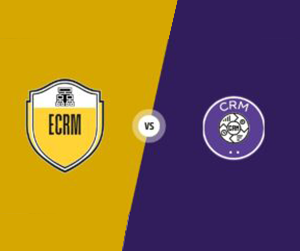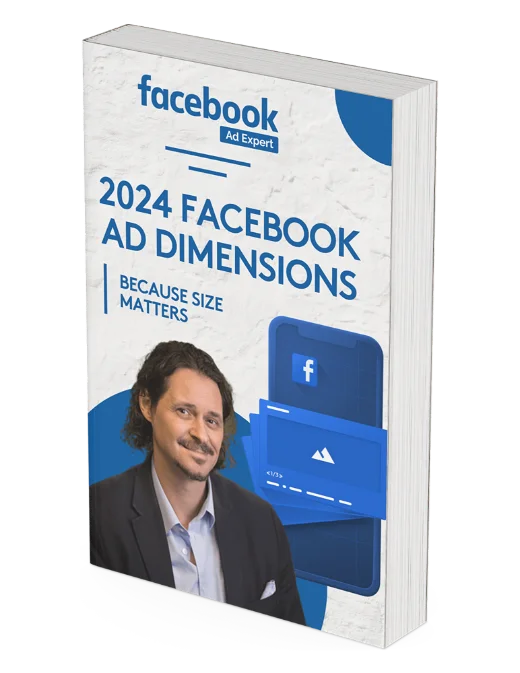Are you wondering about the ads you see on Facebook or thinking of trying them for your business? Maybe you’re already using them. No matter where you are, you might be asking: Does Facebook advertising really work?
The answer is simple: yes, it does, and it works really well.
But let’s not stop there. I want to explain why Facebook ads are great for any business. In this guide, we will:
- Explore how Facebook ads work
- Take a quick look back at Facebook ad history
- Share data to show why Facebook ads are effective and why you should use them
There’s a lot to learn, so let’s get started! (Or you can try our new tool, the Facebook Advertising Opportunity Calculator, to see the benefits for yourself.)
How Does Facebook Advertising Work?
Is Facebook Advertising Effective? Well, before we reveal the answer (hint: it is), let’s first uncover how Facebook advertising operates.
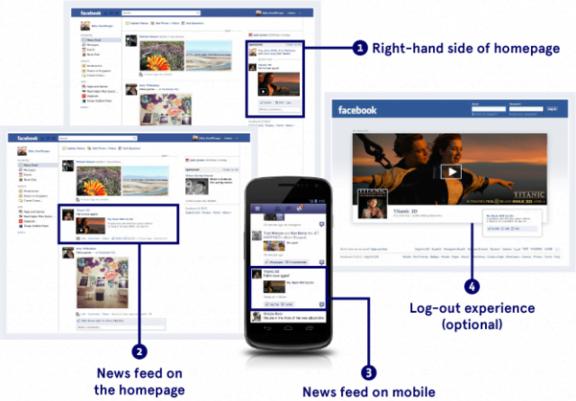
In simple terms, paid search and paid social have one key distinction: paid search helps potential customers discover your business, while paid social helps your business discover potential customers. Facebook advertising achieves this by letting you target specific audiences who are likely interested in your products or services, thanks to Facebook’s vast user data.
Here’s how it works:
- Set Your Goal: Start by defining your campaign objective – what you want your Facebook ads to achieve. It could be driving website traffic, getting app downloads, generating leads, or boosting sales.
- Audience Selection: Next, you tell Facebook who should see your ads. This is called audience segmentation. You create a profile of your ideal audience, and Facebook ensures your ads reach people who match those behaviors and demographics. Facebook offers a wide range of audience parameters for precise targeting. You can also upload data about your existing customers, allowing Facebook to create similar “lookalike” audiences based on your chosen criteria.

The Facebook Ad Auction
Similar to Google Ads (formerly Google AdWords) and Bing Ads, Facebook also operates on an auction system to determine which ads get shown to which users. However, there are a couple of unique aspects to Facebook advertising, starting with something called “competitive value.”
Competitive value in a Facebook ad is the total of two components: the advertiser’s maximum bid, which is the amount they’re willing to pay each time a user takes the desired action, and the ad’s intrinsic quality bid, which measures how engaging an ad is for both Facebook and the user experience. While Facebook keeps the exact formula for calculating intrinsic quality bid a secret, they do admit that it considers factors like the number of clicks, likes, shares, and overall feedback on an ad.

Additionally, factors like the age of the users and other demographic information can influence bid costs, as seen in AdWeek. But here’s the thing: not every advertiser aims for the same user action or has the same campaign goal. That’s why Facebook advertising figures out an advertiser’s maximum bid by calculating the estimated cost per thousand impressions of an ad, known as eCPM.
This approach levels the playing field for Facebook advertisers, regardless of their objectives or the format of their ads. You can find more details on how Facebook uses this calculation for different ads and objectives in the Facebook for Business support documentation.
A Brief History of Facebook Advertising
Now that we’ve grasped how Facebook advertising operates, it’s valuable to take a glimpse into the social network’s history. By doing so, we can appreciate its remarkable journey to becoming a global powerhouse and gain insight into why Facebook advertising is incredibly effective.
Facebook Flyers
Some marketers may mistakenly think that Facebook entered the advertising scene in 2012, around the time it had a somewhat disappointing IPO (ironically, this fact often gets overlooked now). However, the story of Facebook advertising goes back even further, all the way to the social network’s early days in 2004 when it started with what were called Facebook Flyers.
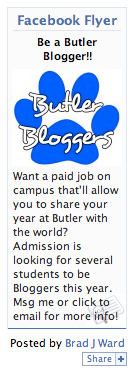
Facebook Flyers, those simple and affordable ads, were like the digital versions of the flyers you’d find on college dorm bulletin boards or scattered around campus. They were aimed at individuals and small businesses looking to reach students on specific campuses during Facebook’s early growth in the academic world. These Flyers typically cost between $10 and $40 per day and were primarily used to promote social events (often involving keggers), as well as typical campus services like dog-walking or part-time barista jobs.
While it might seem like Facebook Flyers were just a way for Mark Zuckerberg to make some quick money to cover the site’s hosting costs (back when it was still known as thefacebook.com), they actually had many characteristics of what we now consider “true” paid social ads, even way back then. Advertisers could pick from various themes, a precursor to today’s diverse ad formats. They were encouraged to use images to boost click-through rates, a common practice in modern online advertising.
Facebook Flyers had character limits for headlines and ad text, similar to today’s ads. Advertisers were advised to include links to a landing page, which is still a recommended practice today. Additionally, advertisers could set budgets and control ad visibility, much like they can today. Flyers could also target Facebook users based on demographics, albeit in a simpler way than today’s advanced targeting options.
Reflecting on Facebook Flyers, it’s clear that Mark Zuckerberg had a long-term strategy for monetizing his rapidly growing site from the very beginning. In 2012, when Facebook went public, there was speculation that it was solely to please investors and shareholders. However, it’s evident that the monetisation strategy was part of the plan right from the start.
Facebook’s Declining Organic Reach
Now that we have a better understanding of Facebook Flyers, it’s crucial to look at how Facebook gradually limited the organic reach of posts, essentially pushing companies to “pay to play.”
Marketers who relied on Facebook’s organic reach had suspected for some time that the situation was getting worse. However, it was the landmark Social@Ogilvy study published by Ogilvy & Mather in 2014 that truly highlighted the shocking decline of Facebook’s organic reach.
Between October 2013 and February 2014, Facebook pages of all kinds experienced significant drops in organic reach. This alarming trend became known by various names, including “Facebook Zero” and “Reachpocalypse.”
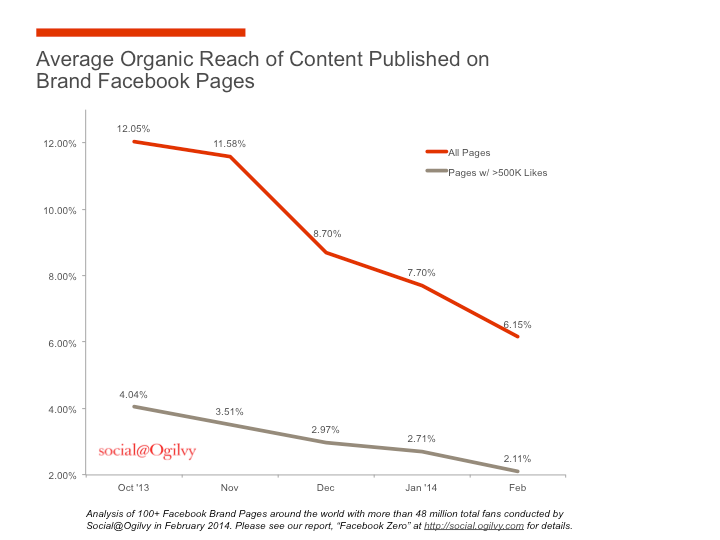
Apart from the rapid decline in Facebook’s organic reach, what surprised (or didn’t surprise) many was Facebook’s official stance on the matter. When asked if the decision to gradually reduce the organic reach of content on Facebook was primarily a financial move, Facebook denied it. Brian Boland, Facebook’s VP of Advertising Technology, stated in an official blog post that the drop in organic reach was due to several factors, including the increased volume of content being posted on Facebook and refinements in the News Feed algorithm.
While these factors may have played a role in what became known as “Facebook Zero,” some of the leading figures in the digital marketing industry remained skeptical. Jay Baer of Convince & Convert analysed the data from the Ogilvy study alongside changes in Facebook’s stock value. The results strongly suggest that the decline in organic reach had a significantly positive financial impact on Facebook, whether intentional or not:
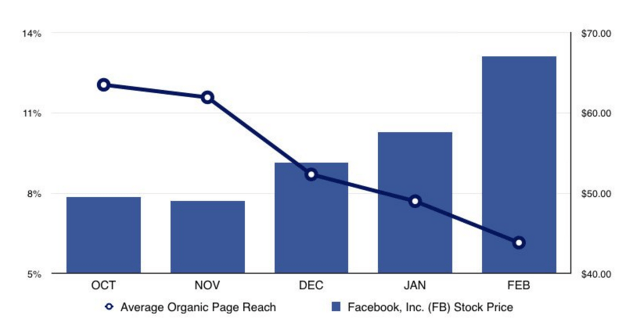
The consistent decline in organic reach on Facebook appears to align almost perfectly with the steady rise in Facebook’s stock price. While correlation doesn’t necessarily imply causation, this data strongly suggests that Facebook benefited from the decline in organic reach, whether it was a deliberate business decision or an advantageous coincidence.
What Makes Facebook Ads So Effective?
Now that we’ve delved into the history of Facebook ads, let’s explore why Facebook ads are effective and so appealing to digital marketers.
Facebook’s Immense Global Audience
Facebook boasts a global audience of approximately 1.5 BILLION people, which is roughly one-fifth of the entire world’s population, give or take a few hundred million. This staggering statistic is a favorite among Facebook advertising enthusiasts, and rightfully so. No other social network even comes close to matching Facebook’s reach. But what’s equally impressive as the sheer size of Facebook’s audience is the speed at which it achieved this remarkable milestone.
The chart below, sourced from the Pew Research Center, illustrates Facebook’s growth journey from its inception in 2004 to 2013. It’s worth noting that this data focuses on monthly active users (MAUs), not Facebook’s total registered user base, which would likely be even larger if inactive accounts were included:
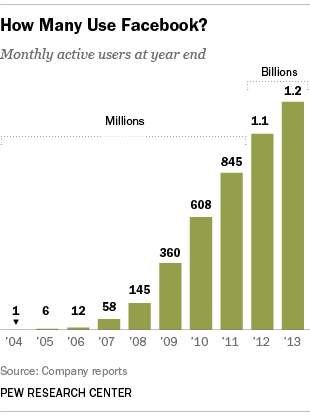
The rapid growth of Facebook’s user base is of utmost importance to advertisers for two main reasons.
Firstly, a larger audience allows advertisers to target potential prospects with greater precision. In paid social, the focus is on reaching the right people, not just the maximum number of people, which sets it apart from traditional advertising platforms like TV and radio. As Facebook’s user base continues to expand, advertisers can tap into more extensive audiences based on various factors such as demographics, personal interests, buying habits, life events, and numerous other criteria, all of which can significantly enhance the return on investment (ROI) for a Facebook advertising campaign.
The second reason for the significance of Facebook’s growth trajectory lies in its alignment with evolving media consumption habits and the widespread adoption of consumer technology, particularly mobile devices. According to data from Facebook’s Q3 2015 earnings report, in September of that year, 893 million daily active users accessed the platform via mobile devices, marking a 27% year-over-year increase.
Additionally, 727 million people, which is nearly half of Facebook’s monthly active users (MAUs), exclusively accessed the platform through mobile devices, making Facebook one of the largest sites in the world with a predominantly mobile user base.
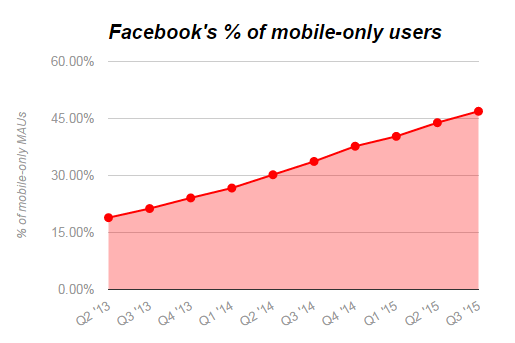
It’s important to highlight that the mentioned data does NOT encompass usage statistics from WhatsApp or Instagram, which are both part of the Facebook family of companies. Therefore, Facebook’s total global mobile usage reach is significantly larger than what the data presented above suggests.
Are Facebook Ads Worth It? Some Data on Facebook Costs
While advertisers have numerous factors to weigh when initiating an online advertising campaign, from potential reach to ad design, the ultimate decision often boils down to concrete numbers. Fortunately, Facebook stands out as one of the most cost-effective advertising platforms around. However, the return on investment (ROI) can vary significantly depending on the specific ad format used. Let’s explore this further.
The chart below, using data from WordStream, reveals that the average cost per click (CPC) for Facebook ads is $1.72, which is impressively low given the effectiveness of Facebook ads:
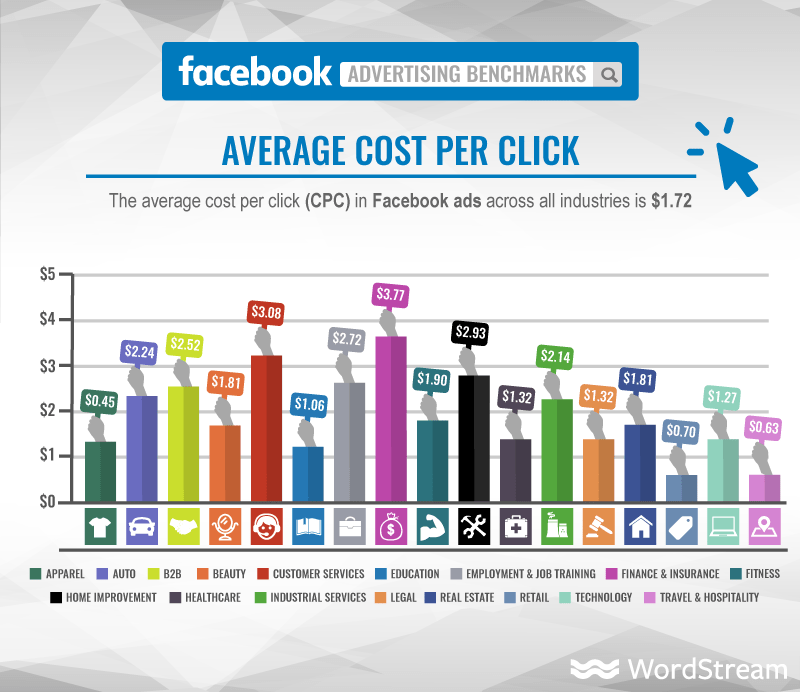
Facebook ads also prove to be cost-effective in terms of cost-per-action (CPA). However, it’s important to note that CPAs can vary considerably across different Facebook ad campaigns. Some industries offer more competitive CPAs than others. For instance, the education and apparel sectors tend to have significantly lower CPAs compared to the home improvement and technology sectors:
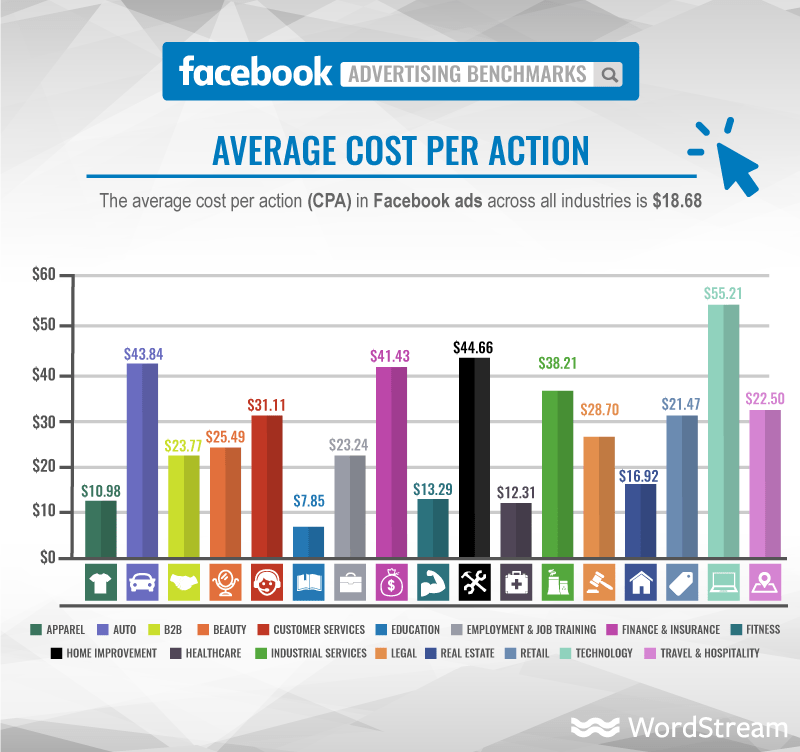
For more comprehensive data on Facebook advertising costs specific to your industry, you can explore the complete set of WordStream benchmarks for Facebook advertising.
Despite a recent increase in the cost of Facebook advertising, it’s worth noting that overall costs often remain considerably lower in many cases compared to similar metrics in pay-per-click (PPC) advertising.

The chart above presents the global averages for cost-per-thousand impressions (CPM), cost-per-click (CPC), and click-through rate (CTR) for Facebook ads.
You may notice that in the United States, for instance, the average CPM saw a significant decrease between Q4 2014 and Q1 2015. Additionally, in many regions, particularly English-speaking countries, the CTR actually increased as the CPM dropped, indicating a higher level of engagement with Facebook ads in these areas. Overall, when accounting for normal seasonal fluctuations, the worldwide average CPM for Facebook ads decreased by 11% during the Q4 2014-Q1 2015 period.
Why Advertise on Facebook: A WordStream Case Study
While statistics like the ones mentioned are undoubtedly intriguing and provide a strong argument for integrating Facebook into your broader digital strategy, one limitation is that they can feel somewhat detached from the actual ads and campaigns responsible for generating these numbers.
To address this, Glenn McHale, WordStream’s in-house paid social expert, was asked to provide an example illustrating the effectiveness of Facebook advertising for WordStream. This example underscores the significance of staying focused on campaign objectives, even when it might seem counterintuitive.
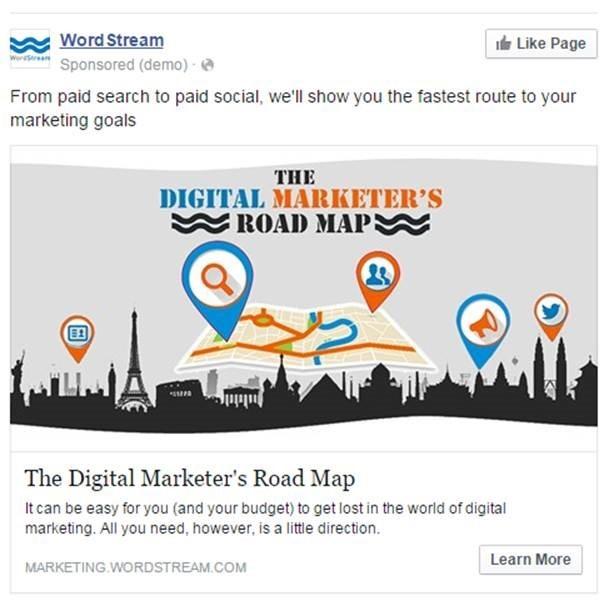
Glenn recently crafted a campaign for a bundle of content resources called “The Digital Marketer’s Road Map,” which included whitepapers, blog posts, and more. While he had achieved strong performance in the past based on traditional metrics, in this particular campaign, he noticed that a focus on click-through rate (CTR) and Relevance Score wasn’t translating into conversions.
“When it comes to Facebook advertising, it’s crucial to take the metrics they provide and align them with your ultimate goal,” Glenn emphasises. “Consider Relevance Score and CTR, for instance. These two metrics are highly regarded because they are interconnected, but if your objective is lead generation, their importance diminishes significantly.”
In previous campaigns, Glenn had invested significant time and effort in maintaining high Relevance Scores. He rotated his ad creative frequently, sometimes daily, to ensure that the ads displayed in his campaigns remained fresh. By meticulously managing his campaigns, Glenn achieved Relevance Scores ranging from 7 to 9, significantly surpassing the Facebook average, along with click-through rates between 4-5%, which also exceeded the average campaign performance.
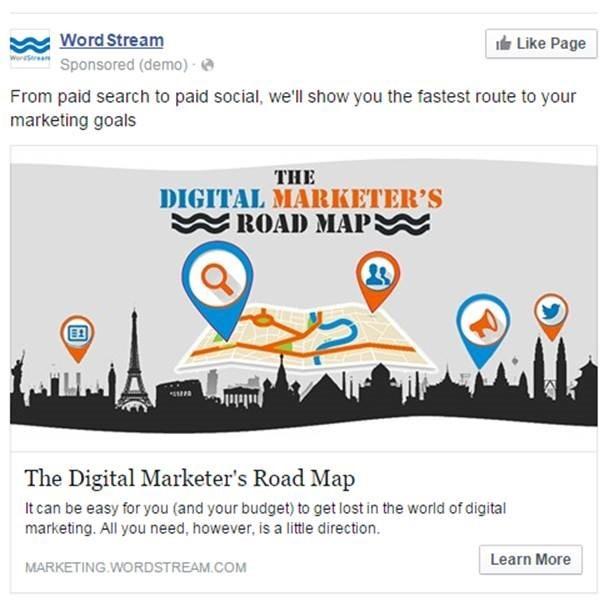
The challenge was that this approach wasn’t generating many conversions, despite the campaigns excelling in traditional metrics. So, Glenn decided to return to the fundamentals.
“I chose to refocus on the core value proposition and allowed the ads to reach their intended audiences,” Glenn explains. “As a result, my Relevance Score dipped to around 4 or 5, my CTR dropped as low as 0.68%, and my Frequency increased to 2.00 to 3.50.”
Typically, many advertisers might be deeply concerned by this apparent decline in performance. However, the results of Glenn’s campaigns were nothing short of astonishing, as demonstrated by the two graphs below.
The first graph displays the performance over time for the ad sets with high CTR and high Relevance Scores:

The second graph depicts the performance over time for the ad sets with lower CTRs and lower Relevance Scores – remarkably, the second set generated 75% more conversions than the first:
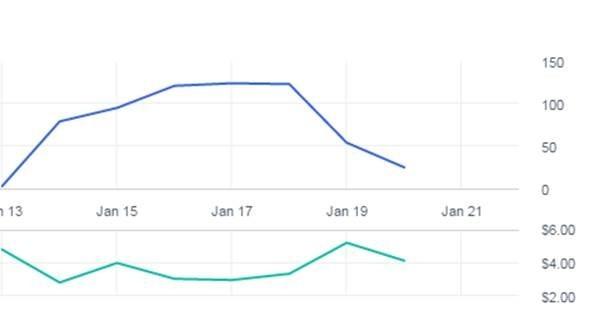
Glenn’s invaluable lesson from this campaign is to prioritise what truly matters to you, rather than fixating on traditional metrics that might not align with your campaign goals.
“Use the metrics provided to you to achieve your specific objectives, not superficial benchmarks based on generalised notions of success recommended by so-called ‘experts,'” Glenn advises. “If your strategy revolves around driving clicks and optimising costs concerning your audience reach, then the Relevance Score path may be suitable. However, if you aim for leads and conversions that can potentially become customers, shift your attention to CPA. Stay true to the fundamentals.”
The Bottom Line: Yes, Facebook Ads Work!
The bottom line is crystal clear: Facebook Ads undeniably work. With a colossal global audience, remarkable cost-effectiveness, and the ability to fine-tune targeting to reach the right people, Facebook Ads have become an indispensable tool for digital marketers. While traditional metrics are essential, this effectiveness transcends numbers and metrics.
It’s about aligning your campaign objectives with the metrics that matter most to your specific goals. Whether you’re aiming for clicks, conversions, leads, or any other desired outcome, Facebook Ads offer a versatile and potent platform to achieve your objectives and connect with your audience in a meaningful way.




